Homalomena Aromatica 'Pink Diamond' (1031W32)
Homalomena Aromatica 'Pink Diamond' (1031W32)
Homalomena aromatica 'Pink Diamond' with excellent color growing in a 4-inch pot.
Rare Plants for Sale | Variegated Tropical Houseplants | Next World Exotics.
We specialize in exotic houseplants, including variegated aroids, hoya, cacti, and succulents. Whether you’re a seasoned collector or just starting your plant journey, we have something just for you.
*The plant pictured is the plant that you will receive. By purchasing, you agree to our Shipping Policy and Refund Policy.*
Couldn't load pickup availability
Homalomena Genus
Homalomena Genus
Homalomena is a diverse genus within the Araceae family, consisting of over 200 species. These plants are known for their clump-forming growth habit and variety of leaf shapes, including heart-shaped, arrowhead, and occasionally round forms. The leaves often exhibit striking variegation in colors such as yellow, white, pink, and peach, adding to their ornamental appeal.
Native to regions ranging from India and Sri Lanka to Hawaii, with the highest diversity found in Borneo, Sumatra, the Philippines, and New Guinea, Homalomena plants are typically found in rainforests as either terrestrial or epiphytic species. Some varieties even adapt to temperate climates as far north as Japan and eastern China.
Homalomena Care
Homalomena Care
Homalomena prefer bright, indirect light, mimicking the dappled sunlight of their natural rainforest habitat. These tropical plants also enjoy warm temperatures between 70-85°F (21-29°C) and should be protected from cold drafts.
Homalomena should be watered when the top inch of substrate has dried, but the lower levels are still slightly damp. A well-draining potting is essential to prevent waterlogging, which can lead to root issues. The ideal soil environment is loose and airy, reflecting the conditions of a forest floor.
Homalomena benefit from consistent monthly feedings, but this can be reduced during the colder months.
Share








